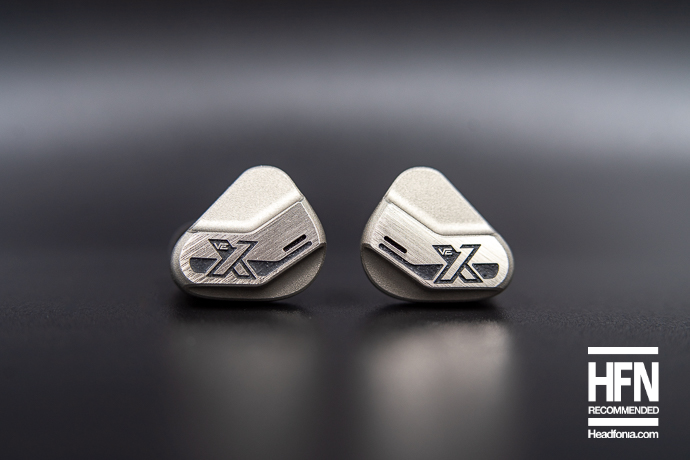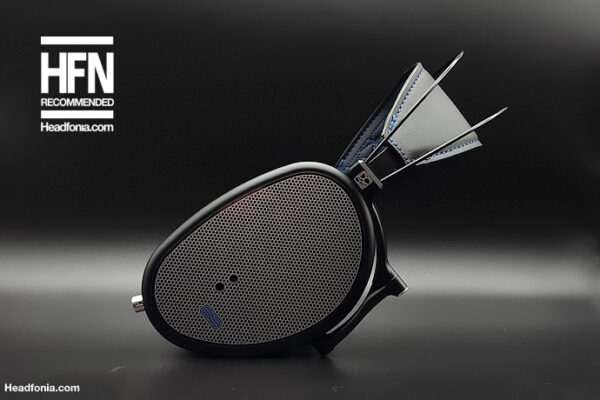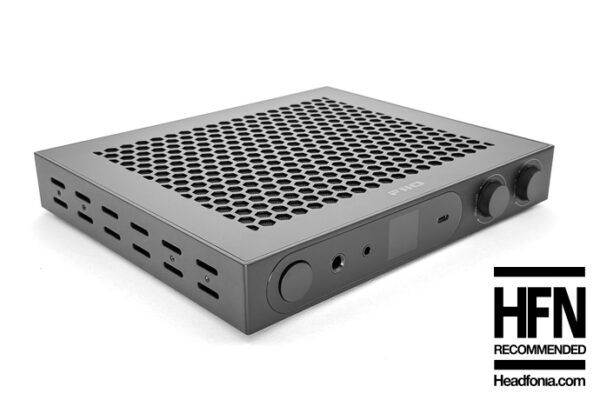Treble
The treble performance of the VE10 reminds me of the VE7, in which VE paid special attention to crispness, articulation and detail. The VE10 has the same qualities but enhances the articulation, micro detail, transparency and extension.
Here the VE10 showcases Vision Ears’ success in extracting top quality from balanced armature (BA) drivers, standing out even in a landscape where electrostatic (EST) drivers often reign. This aspect of the VE10 is remarkable, boasting great extension and clarity in the treble frequencies. The reproduction creates a sensation as if the cymbals are being played right before you, exhibiting a great level of transparency and realism.
The treble presentation is characterized by clear focus and refinement, offering a level of articulation that’s simply TOTL, especially in conveying micro-details with precision. There’s a great level of separation within the treble frequencies, creating a distinct and expansive environment that allows highs to sound airy. This contributes to a spacious and atmospheric approach in the treble, providing clarity and expansiveness.
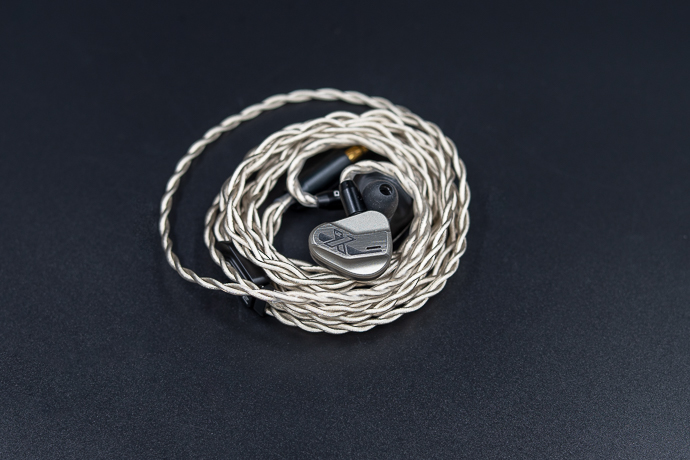
The VE10’s treble presentation, while exceptional in many regards, might not be universally suited for all music genres. In genres like Metal, a slightly more forgiving and restrained treble response might be preferred for smoother and more relaxed listening. The lower-treble range in the VE10 appears to be elevated, emphasizing clarity but potentially making it less forgiving of inadequately recorded tracks or subpar sources.
In essence, while the VE10 excels in transparency and detail retrieval, its revealing nature might not suit those looking for a more relaxed, forgiving sound profile (Phönix), especially in genres where an elevated lower-treble range might emphasize sharpness and potentially highlight imperfections in recordings, resulting listening fatigue.
Technical Performance & Synergy
The VE10 stands out for its technical finesse, offering an expansive soundstage that captures the spatial depth and positioning. This not only appeals to audiophiles but also proves valuable for professionals seeking meticulous detail in recordings. Its stereo imaging performs notably well, particularly evident when paired with high-end DAPs like the RS8, delivering an immersive experience that enriches the depth and dimensionality.
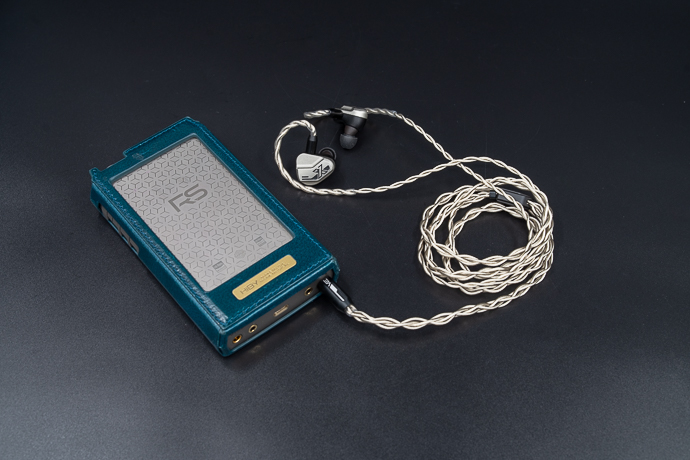
Regarding resolution, the VE10 ranks among the top-tier high-end IEMs. It excels in reproducing subtle nuances -such as the faintest of breaths or the expressions of various instruments- presented in a cohesive manner that enhances the overall listening experience. Its separation performance creates a refined touch as well.
The VE10 maintains a balanced sound profile akin to its predecessor, the VE8, showcasing impressive coherency and control. Even in areas where a slight emphasis exists, like the treble and upper mids, the presentation remains natural and without tonal irregularities. Additionally, the VE10’s timbre reproduction is realistic and vivid, offering an authentic portrayal of instruments and deeply engaging the listener. The overall clarity and lifelike rendition create a dynamic sound, providing an experience that’s immersive and rich in detail without overwhelming exaggeration.
VE10 is a very sensitive IEM, and you can drive it with basically everything. The problem here is the background noise, which the VE10 can pick up in an instant. So the sources you pair the VE10 with must be high quality with good noise floor. I would also suggest pairing it with natural-sounding, somewhat warm sources to cancel out the lower-treble crispness.
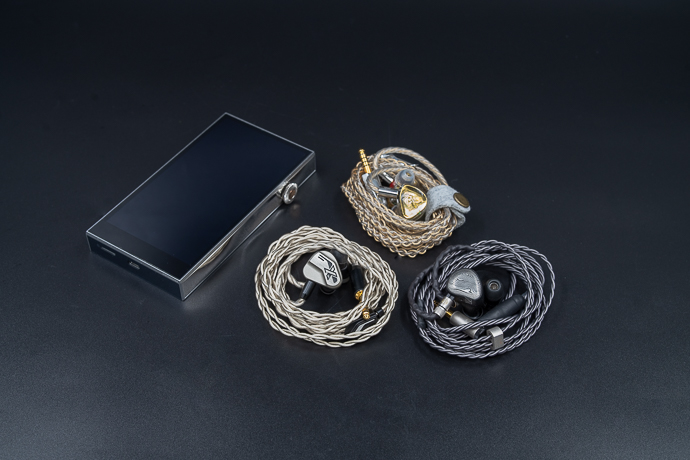
Comparisons
Another 10-driver flagship IEM from Germany, the PMX is still one of my favourite monitors because of its accuracy and honest presentation, together with warmth and fullness. These two are premium units without a doubt, from their packaging to design and choice of materials.
The PMX presents a warmer sound signature, attributed to its wooden shell, offering a pronounced midbass body that lends a fuller and more substantial character to the midrange. Its approach to the mids embraces a meatier tonality, enhancing the overall richness of the sound. Additionally, the PMX boasts a fantastic timbre, which contributes significantly to its overall sonic appeal.
In contrast, the VE10 also exhibits impressive timbre but leans more towards sheer transparency and clarity. As a result, it emerges as the more resolving and transparent IEM when compared directly to the PMX.
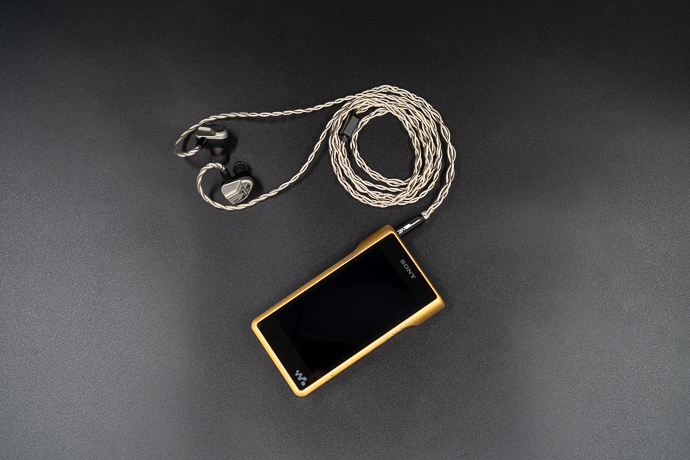
The treble performance mirrors this pattern. While the VE10 showcases a fantastic treble response, the PMX stands firm with its distinctive sonic approach. When experienced in isolation, the PMX offers an impressive treble rendition. However, upon comparing it directly with the VE10, the latter elevates the benchmark for treble performance.
In terms of soundstage, the VE10 excels once more by presenting a wider and deeper spatial representation, adding further depth and dimension to the listening experience. This expansive soundstage contributes significantly to the immersive quality of the VE10’s audio delivery, setting it apart from the PMX.
The former VE-line flagship is still a great all-rounder with no obvious weakness in its sound. The qualities of the VE8 are all improved in the new X, especially in the bass department. The VE10 sounds more impactful and ”big” in the bass region, whereas the VE8 appears shy and mid-bass-centric. The VE10 has more bass rumble and kick.
The mid-range in the VE10 sounds cleaner with better precision, and the treble has more extension and space. It also has a bigger soundstage with more air. Despite all of these upgrades, I’m sure some people might choose the VE8, simply because it is extremely coherent and smooth.
A beloved member of the VE Premium Line, the Phönix is a highly praised IEM in portable audio. It has identical packaging, shape and fit. The design is very flashy though, the VE10 looks industrial in comparison. They both have premium materials of course.
In sound, the Phönix has a slightly slower and congested bass with a mid-bass focus with less overall impact and rumble. In the mid-range, the Phönix is less dynamic but more intimate, providing a very enjoyable, somewhat musical and comfortable approach. The VE10 brings more clarity and vividness to the table. The same applies to the treble, as Phönix stays smoother in comparison to the VE10. That makes the Phönix easier to listen to, especially over long periods.
Phönix has a good sound stage, but not as airy or spacious as the VE10, which excels in that department. VE10 to me is better in technical performance and general resolution, but I can see why audiophiles like the Phönix because of its smoothness and easygoing nature. I think the same can be said with Fir Audio RN6 but my listening with that one was quite short.
One of the best IEMs available, but one of the most difficult to get, is the Annihilator 2023. It has a much bigger chassis which dwarfs the VE10, and a much flashier, glamorous design. Its packaging is impressive too, but not as refined and detail-oriented as the VE.
The Annihilator sounds big and coloured, whereas the VE10 stays loyal to its VE-Line roots. Annihilator has more sub-bass rumble and impact, and more bass overall. The VE10 stays restrained when compared, even though it has more impact than the older VE models. The Annihilator’s mids are a bit thicker and more vivid. It doesn’t have a reference tonality, but it’s more enjoyable. In the treble, it’s not as articulated or nuanced as the VE10, but it’s still very impressive with great clarity and resolution.
The VE10 has a more spacious sound stage with more air between the instruments. In the end, both are very impressive IEMs and it’s hard to pick just one of them. Their strengths play well with different genres.
The detail and clarity monster, the Viking Ragnar sits at the top of the mountain of the IEM world when it comes to transparency and resolution. It has great packaging and a great build which is from aluminium/steel.
In sound, the VE10 sounds fuller and meatier with more warmth & body. The Ragnar is thinner in comparison, but it sounds more open and spacious, with more detail and articulation in the treble, which is quite amazing. It has a better-controlled bass, but it might not suit you if you like your bass with more texture and impact. Ragnar also has more resolution, transparency and detail. Overall it’s an amazing IEM in many ways, but the VE10 is more all-rounder with its overall tuning. However, in a purely technical performance sense, the Ragnar is better, even though it isn’t the most enjoyable.
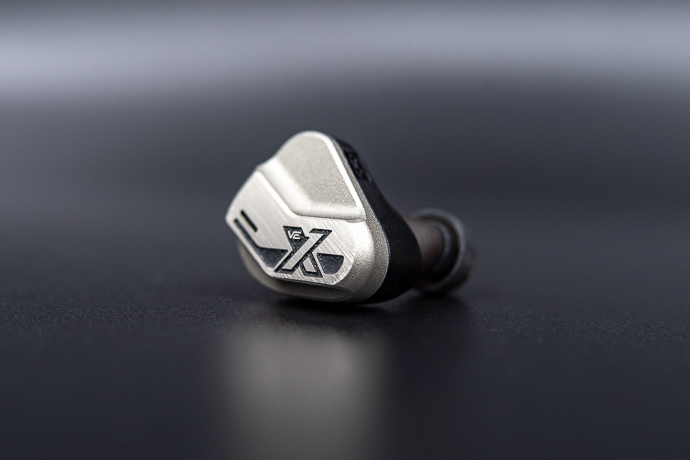
Conclusion
Marking Vision Ears’ 10th anniversary, the VE10 stands as a pivotal addition to their line-up, integrating new features and a revamped design. It marks a significant advancement in their lineup, offering top-tier technical performance, exceptional treble response, resolution, and dynamism. Its sound quality, combined with remarkable comfort, makes it a great choice for audiophiles seeking great imaging and clarity in the high-end.
As a result, the new VE10 is a smooth recommendation.
Pros:
- Great packaging
- New aluminium build with cool design
- Fantastic fit
- Exceptional clarity and transparency
- Spacious sound-stage
- Cohesive presentation
- Overall a high-end sound
Cons:
- The new build is susceptible to scratches and dents
- There could’ve been a little less mid-bass and more sub-bass
- Lower-treble is boosted
- Unforgiving signature
Page 1: Intro
Page 2: Fit & Sound Quality
Page 3: More About Sound Quality, Comparisons & Conclusion





